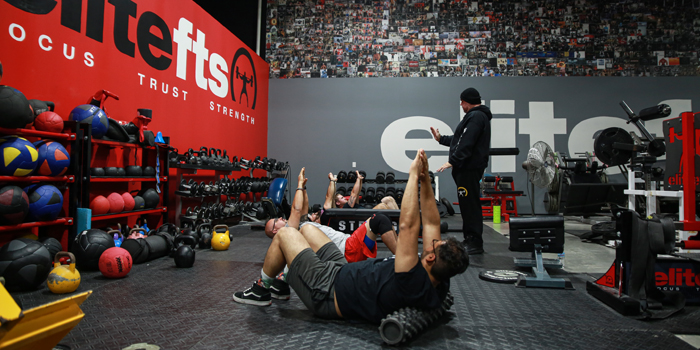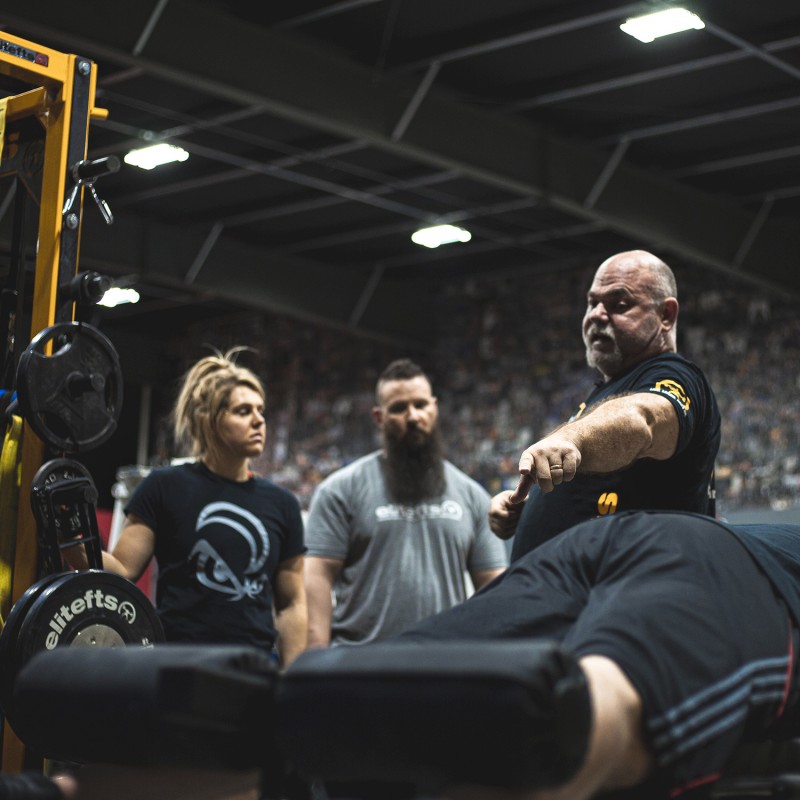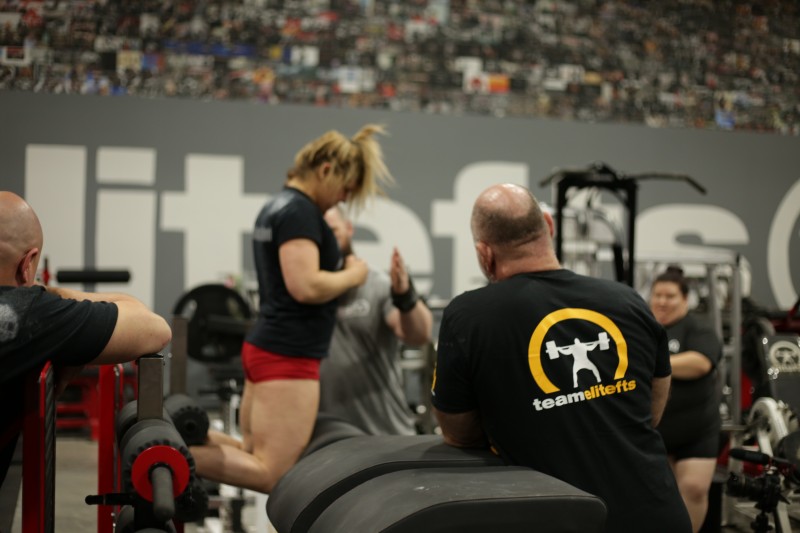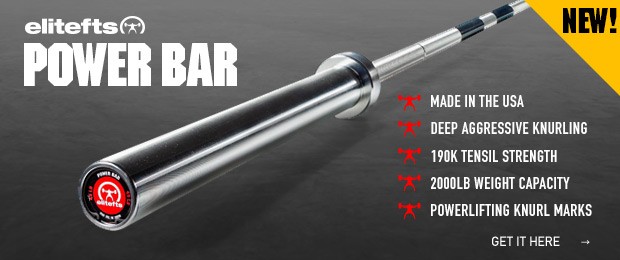
Your meet is over. Now what? Make “TBT” posts about your last meet until you realize you’re 12 weeks out and have wasted a handful of months by training haphazardly?
Fret not, my friends. Your buddy Lily is here to help you make the most of your “off-season.”
RECENT: 3 Easy Ways to Be a Better Training Partner (Even as a Newbie!)
Your time after the meet and before your next meet cycle isn’t just time to fuck around and half train. It’s also not the time to do the same thing you do leading up to a meet. It should be a time to assess your needs and build a plan so you can recover from what you just went through and get yourself to where you need to be before you start getting ready for your next meet.
Not every training block is about strength. Sometimes you need to step back and look at the bigger picture. What do you need to fix? What needs to be better? What do you need to heal from?
So, what should you be thinking about going into your off-season? You should have three main goals:
- Recover
- Build your base
- Work on weak points and technique
This can look like three distinct training phases: 1) recovery/no barbell 2) conditioning 3) hypertrophy.

1. No Barbell
Give yourself time to heal. That means your bones, muscles, and nervous system.
How do you do that? Take time off the barbell. It doesn’t mean stop training and take a few months off. It means shifting how you train. It sucks and it’s boring, but it’s worth it in the long run.
Here at the Dave Tate House of Barbell, we do not touch a barbell for four to eight weeks after a meet. The duration is dependent upon the lifter’s level. A newer lifter can get away with two to four weeks, whereas a more experienced lifter who inevitably trained with heavier weights would take six to eight weeks off the barbell.
During this time, keep everything fairly high rep, work your weak points, try new exercises.
So, what does this actually look like? All reps are higher. That means on your main movements you’re doing at least sets of five to eight, probably even higher! Your main movements will be replaced by exercises like belt squat, pit shark, dumbbell pressing, etc.; the most multi-jointed movements I could find without having to touch a barbell. I also use this time to do unilateral movements I might not do later in training. This is a time to, honestly, be creative. Your other movements will also be higher rep. Don’t be afraid to do some sets of 15-20!
Use this time to fix your body issues. Whether it’s injuries or inability to do things the right way, make fixing them a priority. For instance, I always use my traps instead of the rest of my back. I took this time to lay off the heavy back work and add in a lot of movements that helped me isolate the muscles I needed to use.
Now is the time to fix everything that will make you stronger in the long run.
Okay, you’ve suffered through enough weeks off not having a barbell on your back or in your hands. But it’s still not time to peak for a meet.
NOW WHAT??? A few things you need to work on- build your base, get fucking huge, and bring up your weak points. Usually we have a conditioning block then a hypertrophy block.
2. Conditioning
Build your base! It’s back to barbell work but time to get your work capacity up. You can still do max effort work, but will have to play with your variables to address increasing your work capacity. You can do this in a number of ways: through your volume, rest periods, or with added cardio (or a combination). For instance, the goal of our speed squats during this time was to build up our conditioning:
- Week one —10x2
- Week two — 15x2
- Week three — 20x2
The weight would stay the same and the rest periods would be short (60 seconds max). This may repeat for another three weeks if we need it. You can take your rest periods down for everything, drag a sled around, etc. Really depends on your needs.

3. Hypertrophy
Put some muscle on. Why not? Do some crazy shit here. If you are doing conjugate, you can do your regular max effort and speed work but get cray cray for your accessory work and probably higher volume for your supplemental work too. High reps, challenge sets — go wild. Drop sets, partials, rest pause, going to failure, and then some. Man, so much shit to do. Get out of your powerlifter brain and come up with whatever.
These phases when you are working with a barbell but not peaking are also great times to work on your technique. Do you have some changes you need to make? Well, do it now so it can become a habit by the time you’re peaking. If you need to change your grip or stance or setup, now is the time to work on it. If you don’t have big changes you need to make, work on perfecting your form. Always. Don’t be sloppy just because you’re 27.5 weeks out from a meet. Make your squats and benches and pulls so solid that you can focus on throwing the weight on come meet time.
Note that it is important during all of these times to FOCUS ON BUILDING YOUR WEAK POINTS. Don’t just choose exercises you like and are good at. This will pay off big time when it’s actually time to get ready for a meet. You won’t have to worry about your limiting factor being your back strength because you failed to add in some good back work during the past few months. Your meet and previous training cycle should have exposed your weaknesses. Know what they are and build your plan around that. Maybe it’s your hamstrings or your back — put those exercises higher up on your priority list and find ones that work for you.
OK GOOD NOW YOU ARE STRONG, CONDITIONED, JACKED, AND NOT FALLING APART. Go get ready for your meet.










